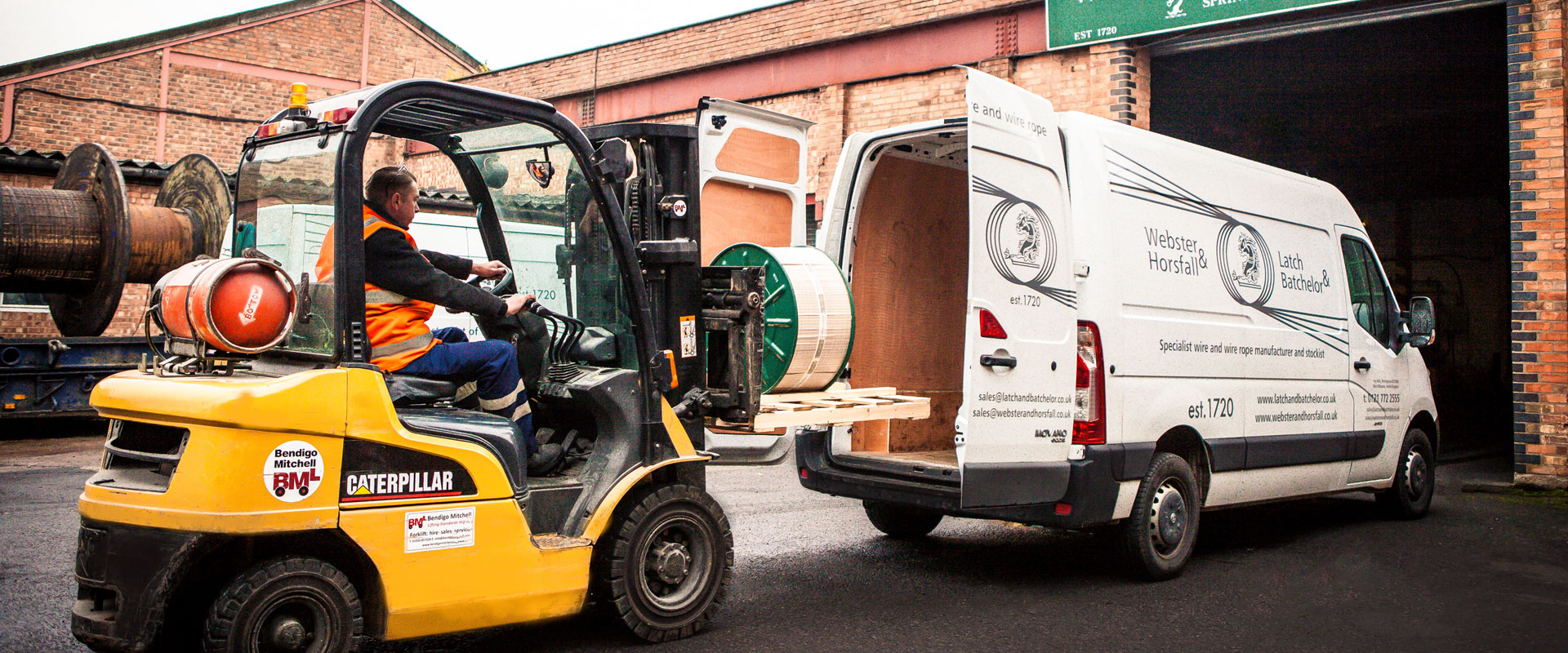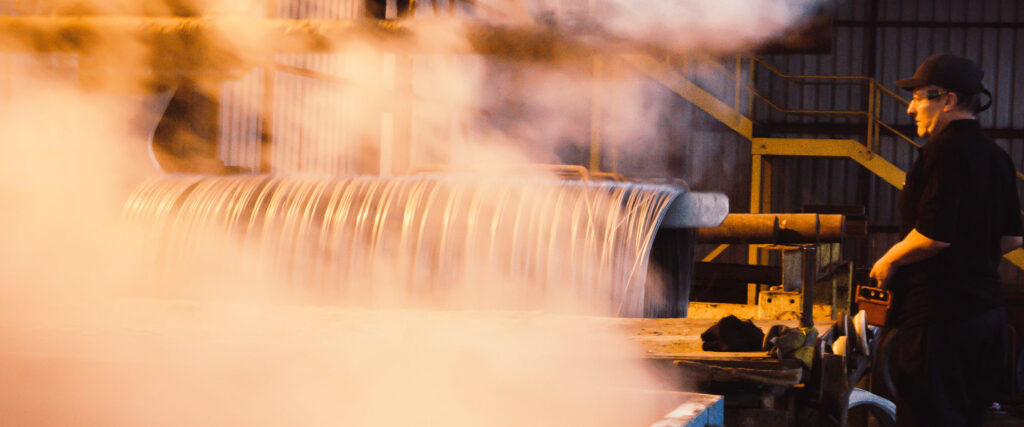The Webster and Horsfall History
In 1708 John Webster of Birmingham was in business as a wholesale ironmonger, and his astute marriage to an heiress founded an enterprise that has lasted for two and a half centuries.
The bride, Sarah Ward of Shenstone, provided capital and family connections in the Staffordshire iron trade which John swiftly exploited. Acquiring Iocal mills he began bar iron and wire manufacture, and one of them, Penns Mill, became world famous under his talented successors.
His son Joseph extended the business into steel. In 1761, after the death of his father, he developed crucible steel as a means of producing steel wire and a few years later was the first British manufacturer ever to succeed in this. The reputation for music wire which followed his achievement has endured to the present day and is for ever associated with the Websters of Penns.

- Experience. Transparency. Results.
Unique Products Manufactured
Quality Inspections Yearly Average
Active Suppliers
Websters achievements
There were other troubled times in all three centuries that the company has spanned but not the least of the Websters achievements was their ability to find heiresses to finance them when needed. In 1855 they also found James Horsfall whose heat treatment discoveries revolutionised wire manufacture and gave world preeminence for the rest of the century.
The Websters owed their success as steel makers to their long continuity and experience, to their painstaking workmanship and the purity of their materials. Their crucible pots were finely machined and accurately charged with powdered iron and birchwood charcoal, and they produced 28Ib ingots of exact analyses and quality that has never yet been improved on.
From 1816 onwards Joseph III was experimenting with additives, and in 1825 he produced a high manganese steel wire which was tougher and more ductile than its predecessors. This effectively roasted German competition from London for a further twenty years.
However, wire produced at that time – even from crucible steel – suffered from creep as it was drawn soft after annealing and its tensile strength was insufficient to give, or maintain, the hard clear note that the piano makers, needed.

The History of Webster and Horsfall
James Horsfall, from Webster and Horsfall, invented the first transatlantic cable wire, revolutionising global communication. His innovation laid the groundwork for today’s global communication networks, enabling connections across continents. Founded in 1720, Webster and Horsfall Ltd started as a wire drawing enterprise in Birmingham, UK. Founded in 1720, Webster and Horsfall Ltd started as a wire drawing enterprise in Birmingham, UK. Embracing technological advancements and maintaining a commitment to quality, it evolved into a prominent global player in wire production. Today, Webster and Horsfall Ltd continues to thrive, exemplifying a rich legacy of innovation and excellence in the wire industry.
Why Choose US
The partners were soon interested in oceanic telegraph cables which, by 1860, required high-grade steel on a scale dwarfing all previous usage. The subject was-critical after the 1858 Atlantic cable had failed owing to the inability of the iron cover wire to carry its own weight in the deep-sea laying operation. The lack of harmony between the two contractors was also a factor and they had laid up their respective halves of the cable in opposite directions. Both were customers of Websters.
Knowing these matters, James declined to quote for the second attempt wire, unless he had the whole of the business and produced to his own specification in crucible steel. This brought him the largest order ever received by Webster and Horsfall, 1600 tons for delivery within twelve months, followed by a repeat order when the cable was lost during the final stages of laying it in 1865.
But the ultimate test which excited rope engineers the world over after the success of the 1866 cable was that Webster and Horsfall patent steel wire proved to be the only material capable of lifting and recovering its ill-fated predecessor lost two miles down in the depths of the ocean. Involvement with wire rope continued with the formation of our associate company Latch & Batchelor in 1891 founded by A. Latch, T. C. Batchelor and H. H. C.
With letters patent to their name and the Atlantic cable contract behind them, Webster and Horsfall continued to consolidate their position as leading wire manufacturers. With the expansion of light engineering in this country and the development of the internal combustion engine, the company extended its production into spring wire for high-duty springs of all types.
A Successful Partnership
Horsfall to develop Batchelor’s patent of lock coil rope in 1884 and flattened strand in 1888, both to prove world leaders.
This change of emphasis was accelerated by the advent of two world wars which demanded spring wire for such diverse applications as radar equipment, parachutes, gun recoil springs, dashboard instrumentation and night-flying devices.
The need for speciality spring wire continues to grow and current production consists mainly of high-duty, spring quality carbon steel, silicon chrome and stainless steel wire-drawn to order.

